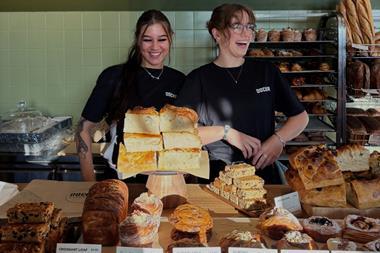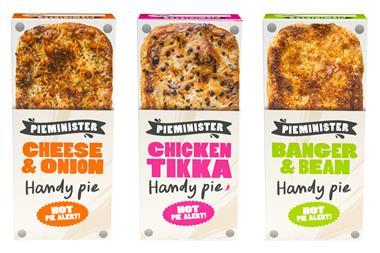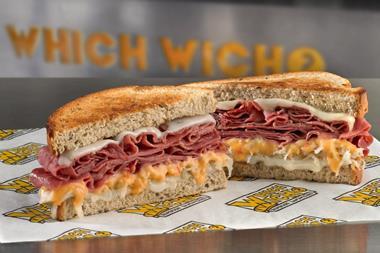Food sales fell for the first time this year, as budgets and weather affected shopper habits.
The category saw like-for-like (LFL) sales down 1.6% for the three months from May to July 2015, according to the British Retail Consortium (BRC).
Total food sales were up 0.1% for the period, but the BRC said this was likely to be a short-term blip in an overall downward trend, as persistent deflation/low inflation would continue to hold back top-line growth for the remainder of the year.
Helen Dickinson, director general at the BRC, said: “Despite being a slight slowdown compared with last month, today’s sales growth of 2.2% compared with this time last year reflects the continued hard work by retailers to tap into increasing consumer demand. Interestingly, of all categories covered by our monitor, total food sales were the worst-performing, recording a fall for the first time this year.
“Retailers have been offering great prices and special offers on everyday essentials for some time. Despite 27 consecutive months of falling shop prices, it seems that consumers remain content to budget carefully on their necessary food outlay and spend that little bit more on purchases they have perhaps deferred.”
Joanne Denney-Finch, chief executive of IGD, said: “Food and drink sales are particularly influenced by the weather at this time of year. July began with a heatwave and strong food sales, but the rest of the month was colder and wetter than average and July’s overall performance disappointed after a run of more encouraging months.
“The latest BRC-Nielsen Index showed a slight return to food inflation, and IGD’s ShopperVista data shows the number of shoppers anticipating falling food prices has dropped from 23% in January to 13% today. However, further oil price falls and forecasts for strong global harvests will put more downward pressure on food prices, which is good news for shoppers but will constrain sales.”
The sales monitor also said the sector continued to face structural challenges through increased competition, changing consumer habits and deflation.
































No comments yet